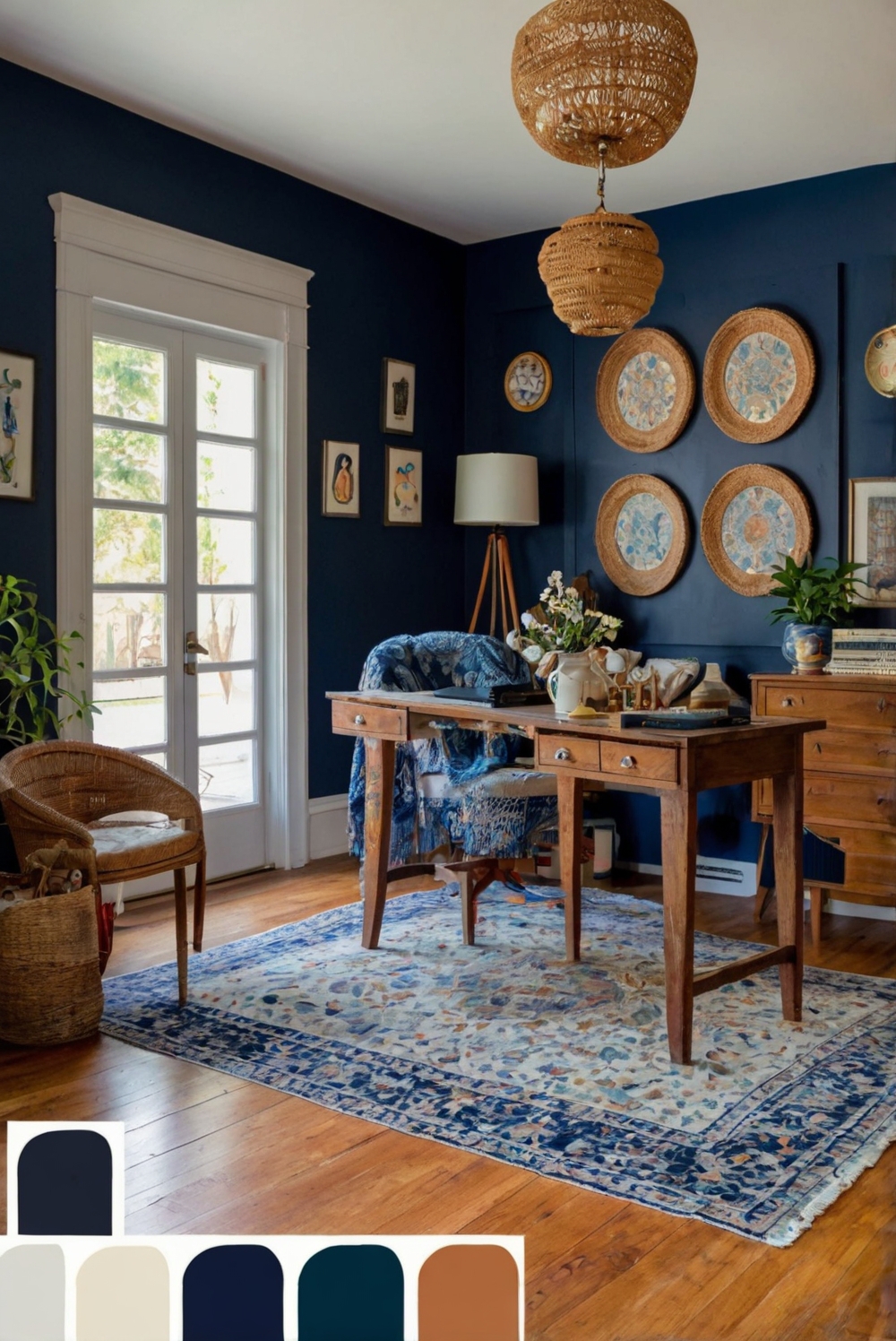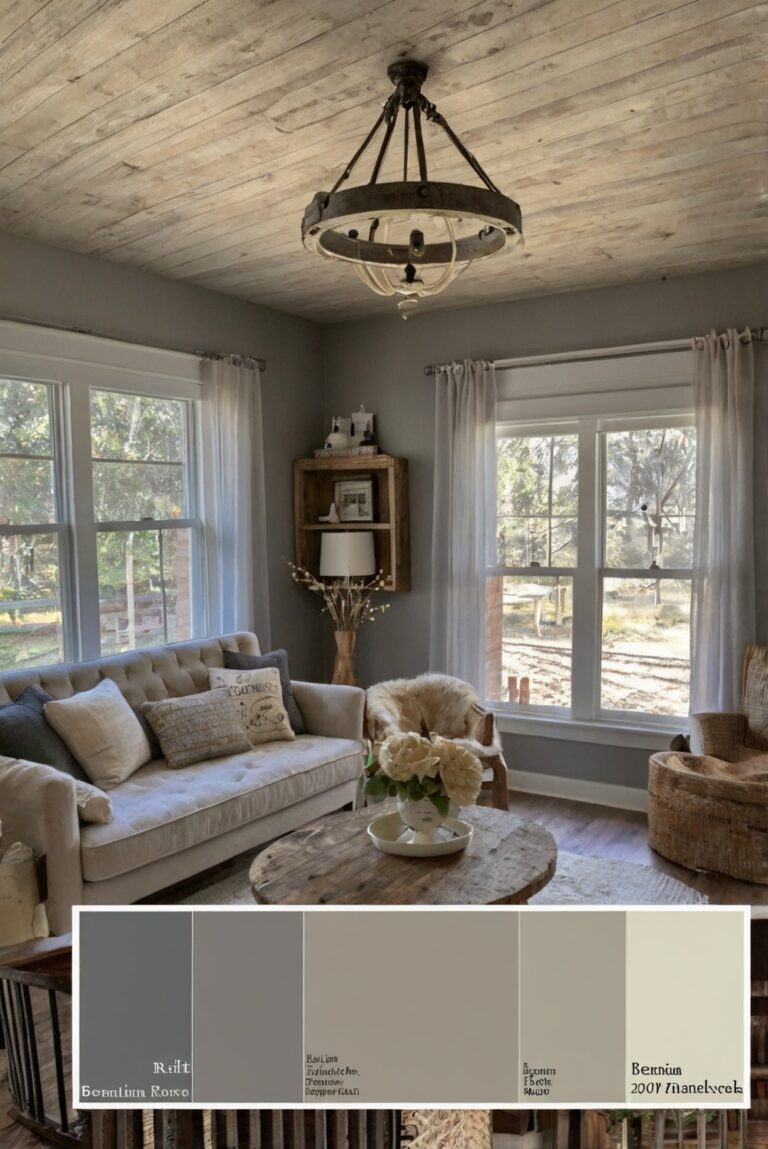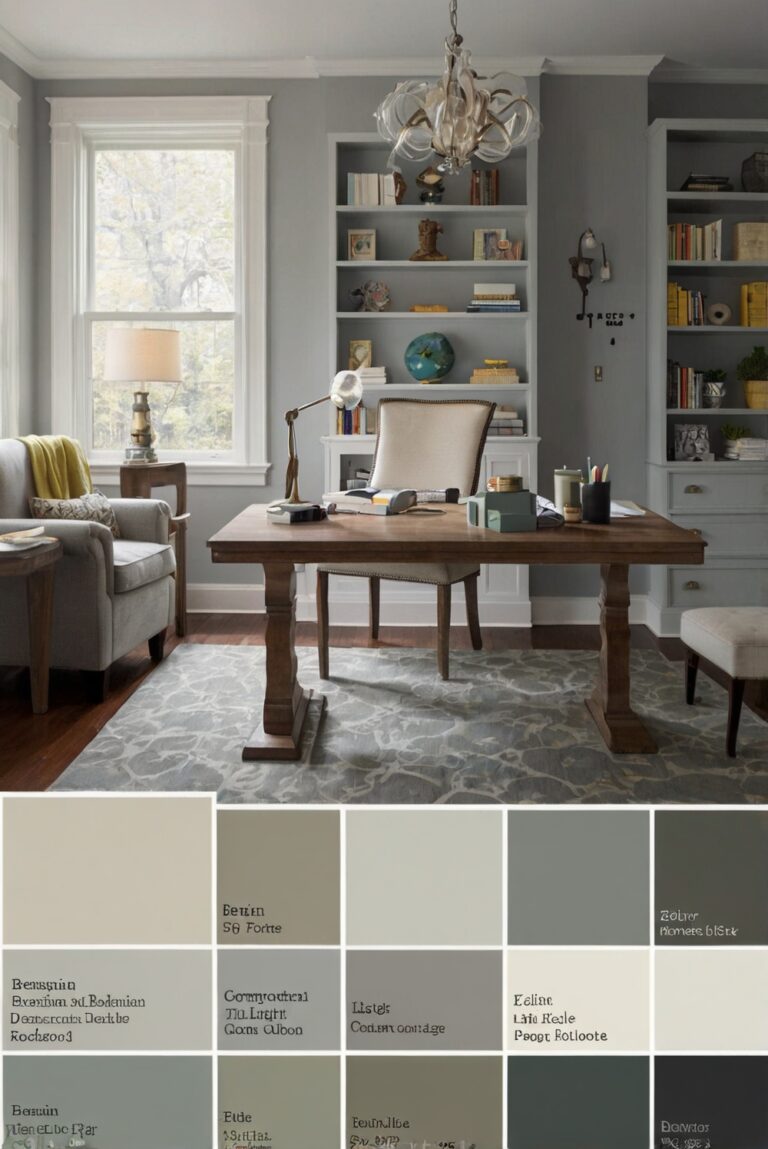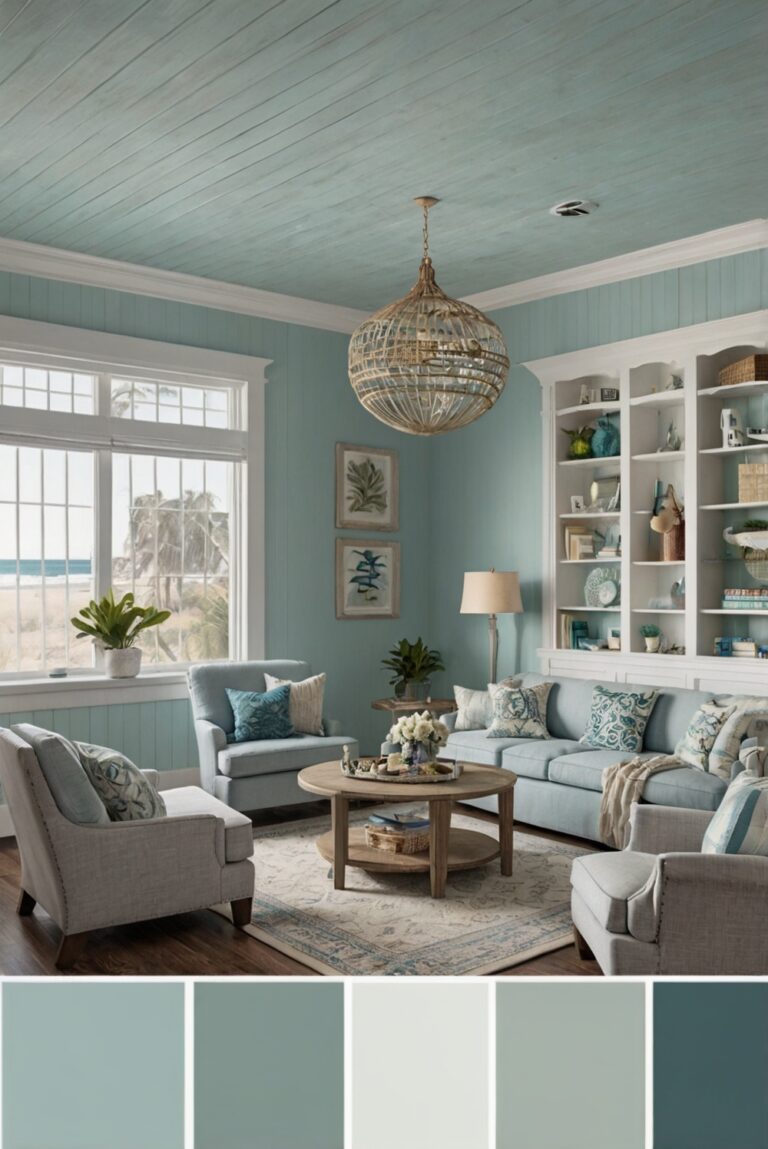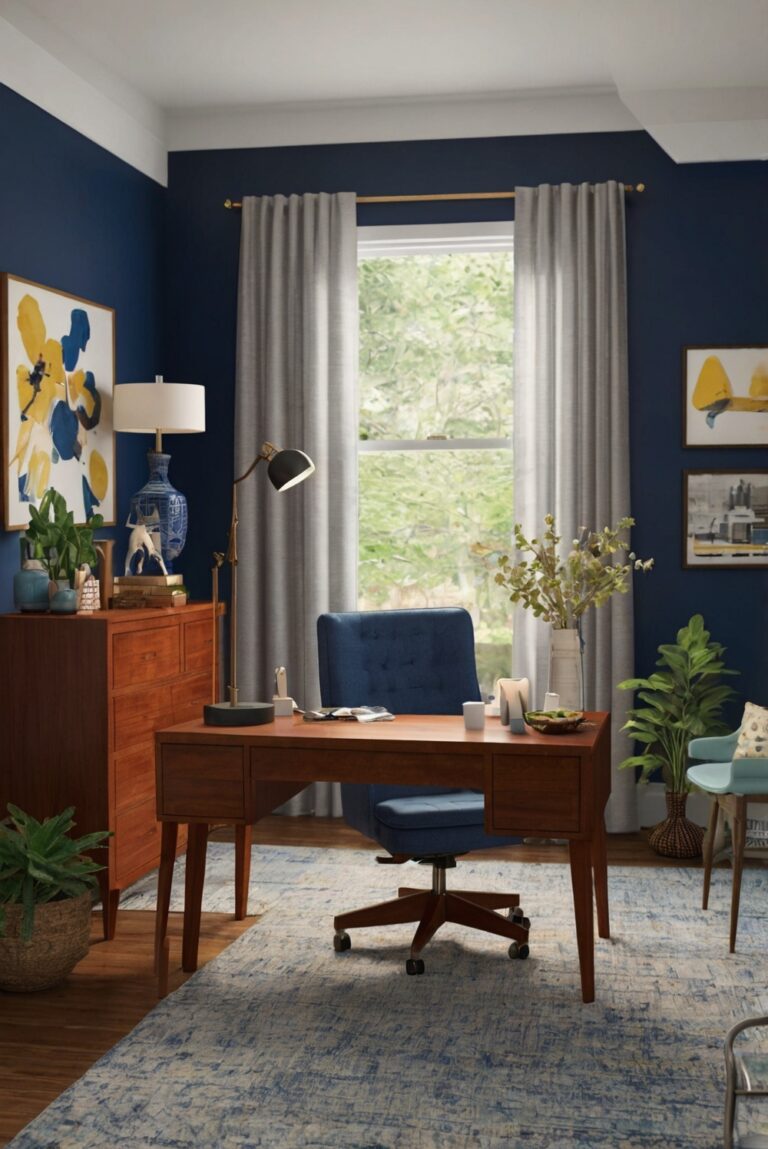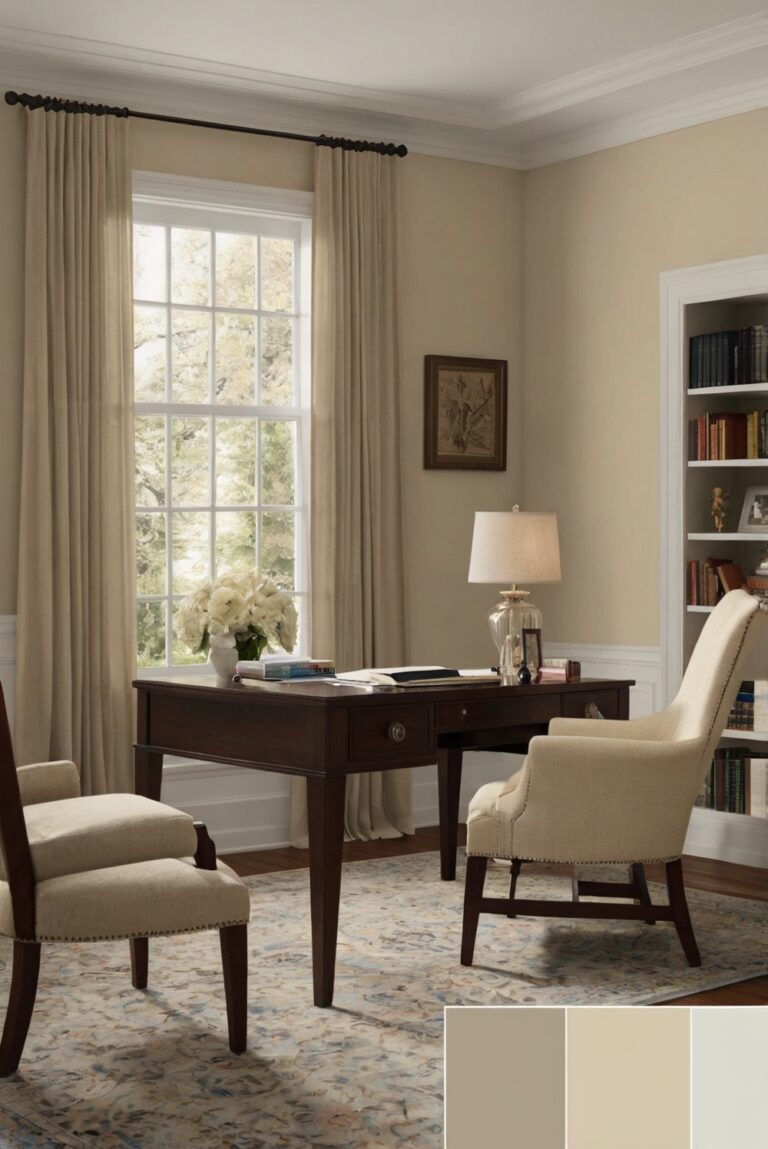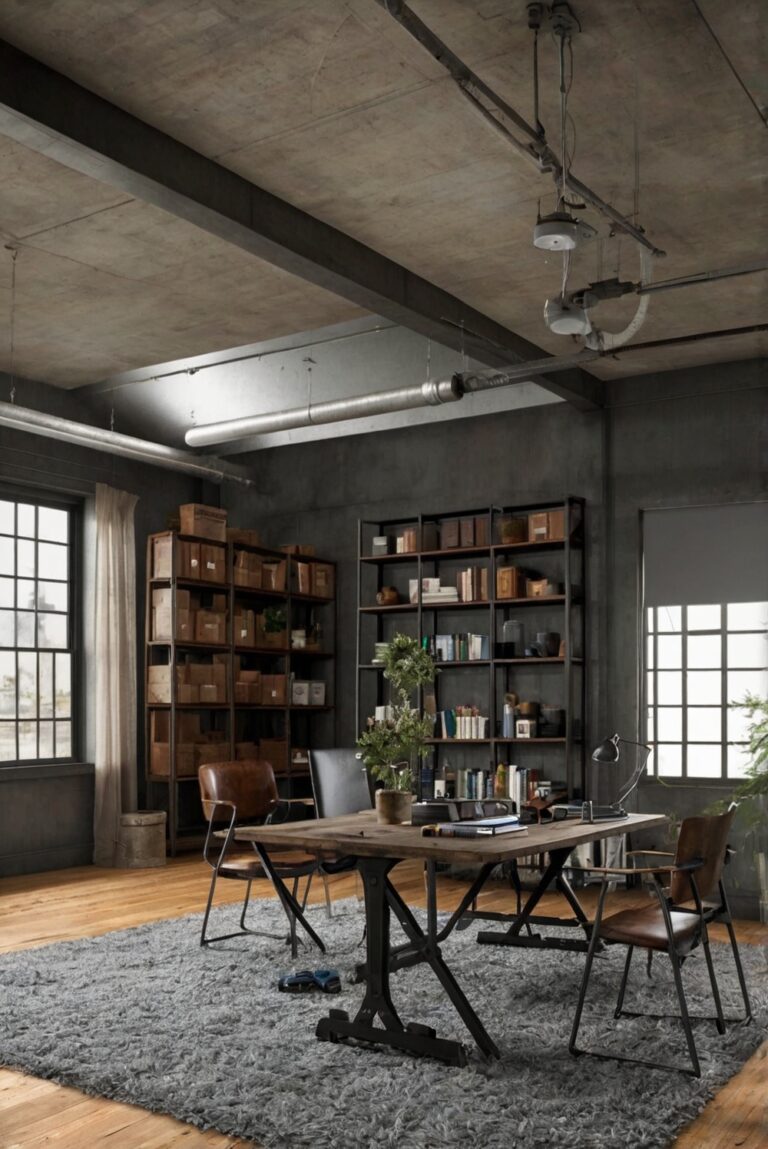Welcome to a daily routine of an interior designer creating a productive home office with adjustable lighting. Explore expert tips for designing a functional workspace.
To design a home office with adjustable lighting, start by choosing task lighting like desk lamps and overhead lights for different work zones. Natural light is essential, so place your desk near a window. Consider using dimmable lights to adjust brightness based on the time of day or task. Choose a color scheme that promotes productivity, like blues or greens. Organize your space with adequate storage to keep the office clutter-free. Hang artwork or add plants to enhance the decor. Regularly inspect and maintain your lighting fixtures to ensure they remain functional and safe. Utilize smart lighting controls for added convenience.
How to Design a Home Office with Adjustable Lighting?
Designing a home office with adjustable lighting is crucial for creating a productive and comfortable work environment. Here are some tips to help you achieve the perfect lighting setup:
Assess Your Needs
Before designing your home office lighting, consider your specific needs. Do you primarily work on a computer screen? Do you need bright lighting for tasks like reading or writing? Understanding your requirements will help you choose the right adjustable lighting solutions.
Choose the Right Lighting Fixtures
When selecting lighting fixtures for your home office, opt for adjustable options. Desk lamps with adjustable arms or dimmable overhead lights can provide flexibility to match your changing lighting needs throughout the day.
Position Your Lighting Strategically
Proper positioning of lighting fixtures is key to achieving an effective home office lighting design. Place task lighting, such as a desk lamp, near your work area to reduce glare and shadows. Consider ambient lighting to create a well-lit overall space.
Consider Natural Light
Incorporating natural light into your home office design can enhance productivity and mood. Position your desk near windows to take advantage of natural daylight. Consider using sheer curtains or blinds to control glare and brightness.
Invest in Adjustable Lighting Controls
To further customize your home office lighting, invest in adjustable lighting controls. Dimmer switches or smart lighting systems allow you to easily adjust the brightness and color temperature of your lights to suit different tasks and preferences.
By following these tips and incorporating adjustable lighting solutions into your home office design, you can create a workspace that is both functional and visually appealing. Experiment with different lighting setups to find the perfect balance that enhances your productivity and overall well-being.
1. How can I effectively design a home office with adjustable lighting?
Designing a home office with adjustable lighting involves strategically placing different light sources to create a well-lit workspace. Consider incorporating a mix of natural light, task lighting, and ambient lighting to cater to various needs throughout the day. Use adjustable desk lamps, floor lamps, and overhead lights to provide flexibility in the lighting levels. Additionally, consider using smart lighting solutions that allow you to adjust the brightness and color temperature according to your preferences.
2. What are the benefits of having adjustable lighting in a home office?
Having adjustable lighting in a home office offers several benefits. It can help reduce eye strain by providing adequate lighting for tasks such as reading or working on a computer. Adjustable lighting also allows you to create a comfortable and productive work environment by adjusting the brightness and color temperature to suit your needs. Furthermore, it can enhance the aesthetics of your home office and create a welcoming atmosphere.
3. How can I choose the right adjustable lighting fixtures for my home office?
When selecting adjustable lighting fixtures for your home office, consider factors such as the size of the space, the type of tasks you will be performing, and your personal preferences. Choose fixtures that provide sufficient brightness without causing glare or shadows. Opt for adjustable desk lamps with flexible necks or adjustable brightness settings. Consider using dimmable overhead lights or smart bulbs that can be controlled remotely. Experiment with different lighting combinations to find the right balance for your workspace.
4. Are there any specific design tips for incorporating adjustable lighting in a home office?
When designing a home office with adjustable lighting, it’s important to create a layered lighting scheme that includes task lighting, ambient lighting, and accent lighting. Position task lighting sources, such as desk lamps, at specific work areas to provide focused illumination. Use ambient lighting, such as overhead lights or wall sconces, to provide overall brightness and reduce harsh shadows. Incorporate accent lighting, such as LED strips or decorative lamps, to add visual interest and create a cozy atmosphere. Experiment with different lighting placements and intensities to find the perfect balance for your home office.
5. What are some common mistakes to avoid when designing a home office with adjustable lighting?
When designing a home office with adjustable lighting, avoid common mistakes such as using only overhead lighting, which can cause glare and shadows. Instead, incorporate multiple light sources to create a balanced and well-lit workspace. Avoid using lighting fixtures with harsh or cool color temperatures, as they can strain your eyes and create a cold atmosphere. Opt for warmer color temperatures for a more comfortable work environment. Additionally, avoid placing light sources directly above computer screens or reflective surfaces, as this can cause glare and reduce visibility. Experiment with different lighting options to find the right combination for your home office.

